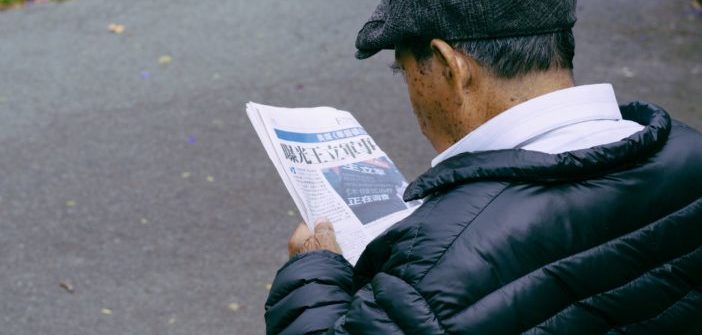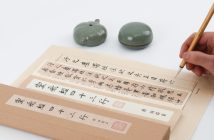Many times when I try constructing sentences, I find myself stuck when quantifying nouns, so I revert to the universal Chinese measure word 个 ge. Chinese friends say 个 can be used to classify almost every noun. But whenever they converse in their native language, I always hear them say something other measure words or 量词 liàng cí!
Recently, I asked Chinese friends about the common 量词 they use in daily conversations, as well as checked some Chinese language learning websites to help me get by when I type messages or try to speak the language. Here I list some measure words in alphabetical order:
部 bù
For cellphones (手机 shǒu jī], or sequels of a book/movie.
For bundles or batches, like servings of food, multi-page documents, jobs.
家 jiā
As a noun, 家 means “home” or “family.” But as a measure word, it is used for families or business establishments (like bars, restaurants, and shops)
口 kǒu
This word means “mouth” and as a measure word, it is used for things with a mouth like people or family members (with the idea of “mouth to feed”), or an opening like wells and cannons.
块 kuài
For chunks or big pieces of something (stones, wood), or for portions produced by cutting, tearing, or breaking (cake, bread, soap), or for the renminbi (when informally spoken) or certain paper money. Also, for some reason, for wrist watches.
For wheeled vehicles such as bikes (自行车 zì xíng chē), electric bikes (电动车 diàn dòng chē), buses (公共汽车 gōng gòng qì chē), cars (车 chē), trucks (卡车 kǎ chē) but not trains.
瓶 píng, 杯 bēi
These words are handy when you go to a bar/restaurant. 瓶 means “bottle” (like “one bottled water” 一瓶水 yī píng shuǐ) while 杯 means “glass” (like “a glass of red wine” 一杯红酒 yī bēi hóng jiǔ).
For items in pairs such as chopsticks (筷子 kuài zi), socks (袜子 wà zi), shoes (鞋 xié), gloves (手套 shǒu tào), eyes (眼睛 yǎn jing).
For words/objects/items associated with the ideas of long, narrow, skinny such as roads, rivers, pants. Also used for elongated and slippery animals (snakes and fish).
For flat objects (pieces of paper, tickets, tables, CDs) regardless of size. Also used for photos (also digital photos)
The word means “single” or “only” hence it is a classifier for parts of a pair. It is also used for certain animals such as cats, tigers, birds, and dogs.
For long, stick-like objects like pencil (铅笔 qiānbǐ), chopstick (筷子 kuàizi), drinking straw (吸管 xīguǎn), bamboo (竹子 zhúzi), cigarette (香烟 xiāng yān)
I’ve also found an online resource (click/tap here to download) that lists as many as 110 measure words (some are written in traditional characters), as well as a sample of a measure word dictionary (click/tap here to download) that explains why it is important to learn this Chinese language component.
As a language learner, I understand that it is difficult for us beginners to memorize every measure word there is (especially if you already need to remember 1,500 words to pass the HSK 6 test). But I’ve got some tips that others can follow:
– It really helps when you try reverting first to the universal measure word 个 and ask a local or friend for the appropriate measure word.
– If your reading and writing (not typing) levels are quite strong, Pleco or a Chinese-English dictionary is your best buddy to remember measure words.
– When you read a familiar Chinese word (especially if you feel like it’s a noun), try taking a picture and searching for its meaning on Pleco. Usually, the app lists the appropriate measure words for nouns.
Sources and further reading:
– Laowai Chinese (1), (2)
– Ninchanese (Chinese Grammar: An intro to measure words in Chinese)
– Transparent.com (10 Must Know Chinese Measure Words)
– Dig Mandarin (4 Common Chinese Measure Words)
– Eurolinguiste.com (A Guide to Chinese Measure Words)
Photo: Eepeng Cheong via Unsplash





2 Comments
Thank you for mentioning my post!
Thanks too for providing a great resource for Chinese language learners! 🙂